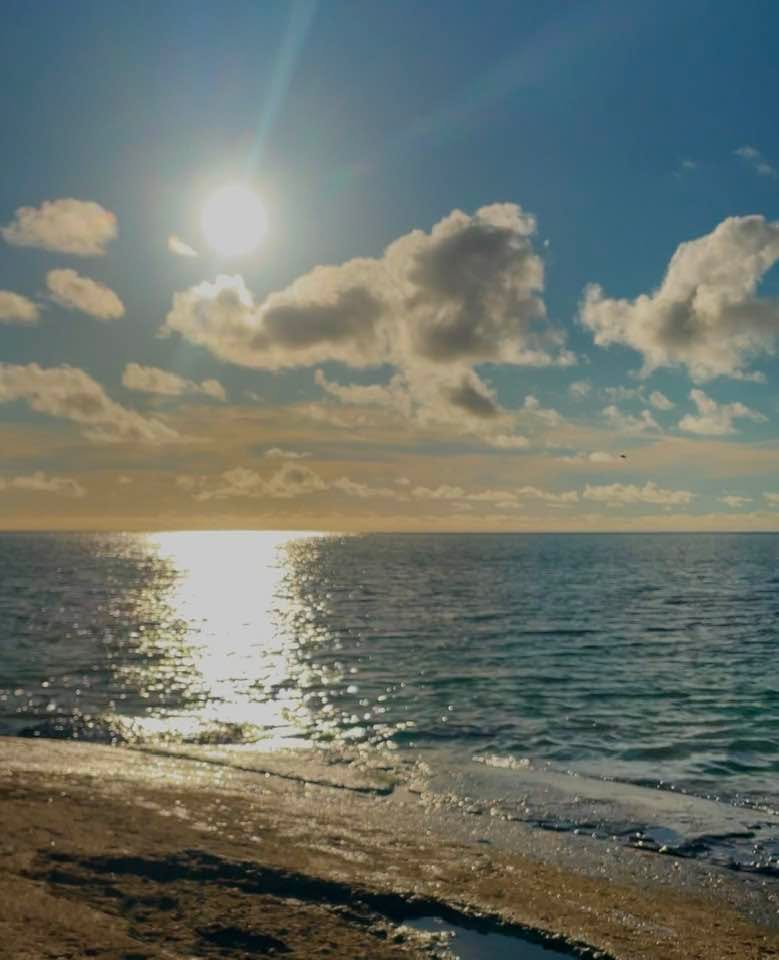Mer Island, My paradise in the Torres Straits

A Year on Mer: Teaching, Learning, and Living in the Torres Strait
When I first stepped off the small plane onto Mer Island, the air was thick with the smell of salt, hibiscus, and something else I couldn’t quite name yet perhaps the feeling of arriving somewhere deeply alive with history, story, and community. I had come here for twelve months to work as the kindy teacher, but it quickly became clear that my role would be as much about learning as it was about teaching.
The Island that Holds You
Mer, known to many as Murray Island, is a place where the land and sea seem to speak to each other. The coral reefs stretch out like a living rainbow beneath turquoise water, and the hills rise in quiet confidence, covered in green that seems to breathe. It didn’t take long before I realised that life here moves to its own rhythm. Time is measured less by clocks and more by the tide, the sound of drumming in the evening, or the chatter of families gathered under the mango trees.
People and Connections
The people of Mer welcomed me in a way that felt deeply personal. At first, I was “the kindy teacher from the mainland,” but over shared meals, songs, and conversations, I began to feel part of the woven fabric of island life. Families are the heart of the community here, and relationships are built slowly, with patience and respect. One of my favourite moments each day was the morning greeting as the children climb onto the bus. They arrive with shy smiles or bursts of laughter, sometimes holding the hand of a parent or grandparent who would linger for a chat. These small exchanges we called "Bus Yarns". taught me as much about the island’s values as any formal introduction could.
Culture in Motion
Culture here isn’t something you “go and see”; it’s something you live alongside. In my first few weeks, I was invited to a community dance event. I remember the deep thump of the Warup (traditional drum) vibrating through my chest as men and women moved in rhythm, their feet beating the ground in time with stories older than any book could hold. The dances told of journeys, the sea, the wind, and the ancestors who still walk this land.Music is everywhere on Mer, from traditional island songs sung in Meriam Mir to reggae drifting out of houses on warm afternoons. I learned quickly that music is not just entertainment here; it’s a connector, a way to celebrate, grieve, teach, and remember.
A Feast for the Senses
Food is another thread that ties the community together. I was introduced to turtle, prepared with deep care and cultural significance. There were feasts of fresh reef fish, damper cooked over coals, and coconut in more delicious forms than I ever thought possible. Eating here is rarely a solitary act. Meals are shared, stories are told, and laughter flows freely.
Different Ways of Seeing
Living on Mer opened my eyes to ways of thinking and believing that are grounded in a deep relationship with land, sea, and ancestors. Beliefs here are not abstract. They are lived daily, woven into decisions, ceremonies, and conversations. I learned that listening is far more powerful than speaking when it comes to understanding another worldview.
What I Take With Me
After twelve months, I am leaving with far more than I brought. I’ve learned patience in the face of island time, the importance of showing up for people, and the joy of celebrating both the big and small moments. I’ve learned that teaching is as much about the stories we exchange as it is about any curriculum. Mer has a way of getting under your skin, in the best way. It’s a place that stays with you, not because of its postcard beauty (though it has plenty of that), but because of the people, their generosity, and the way life here insists on connection. As I pack my bags, I know I’ll carry the rhythm of the Warup drum in my heart, the sound of children’s laughter in my ears, and the warmth of this island community in my soul.


